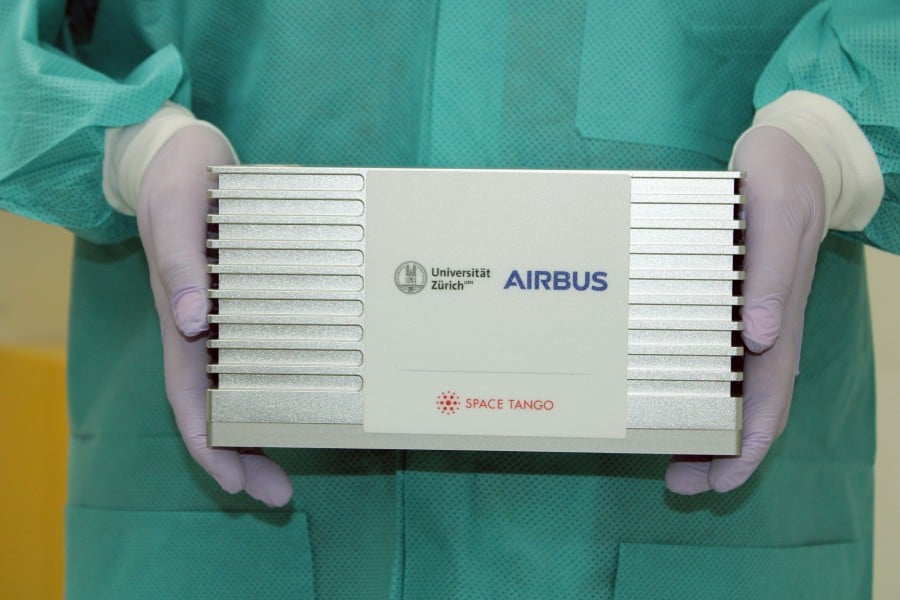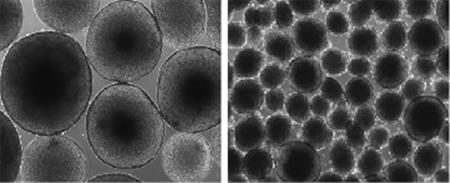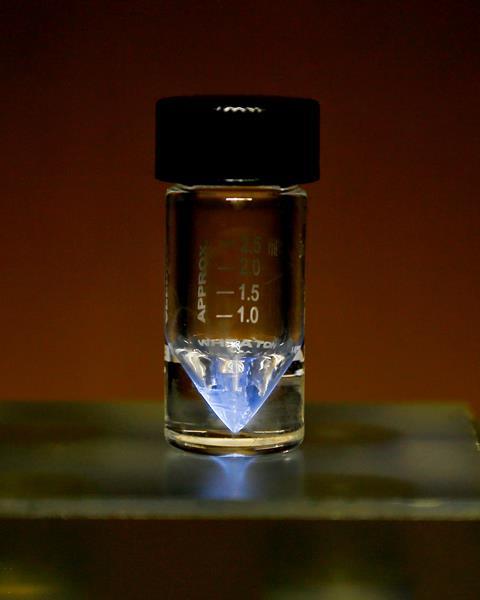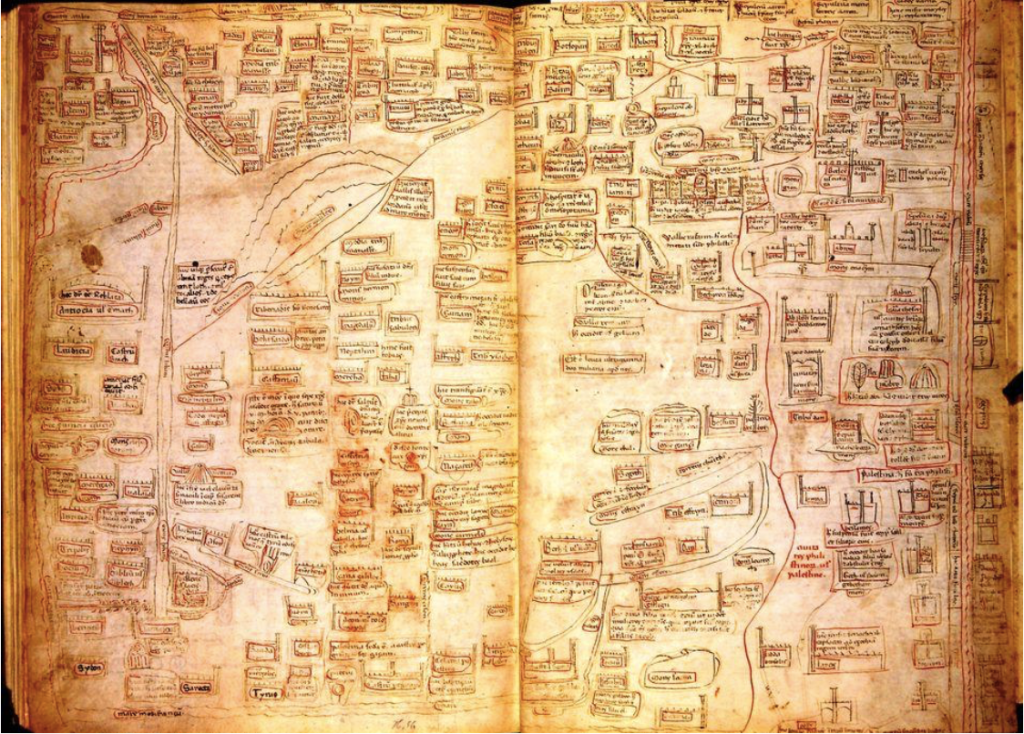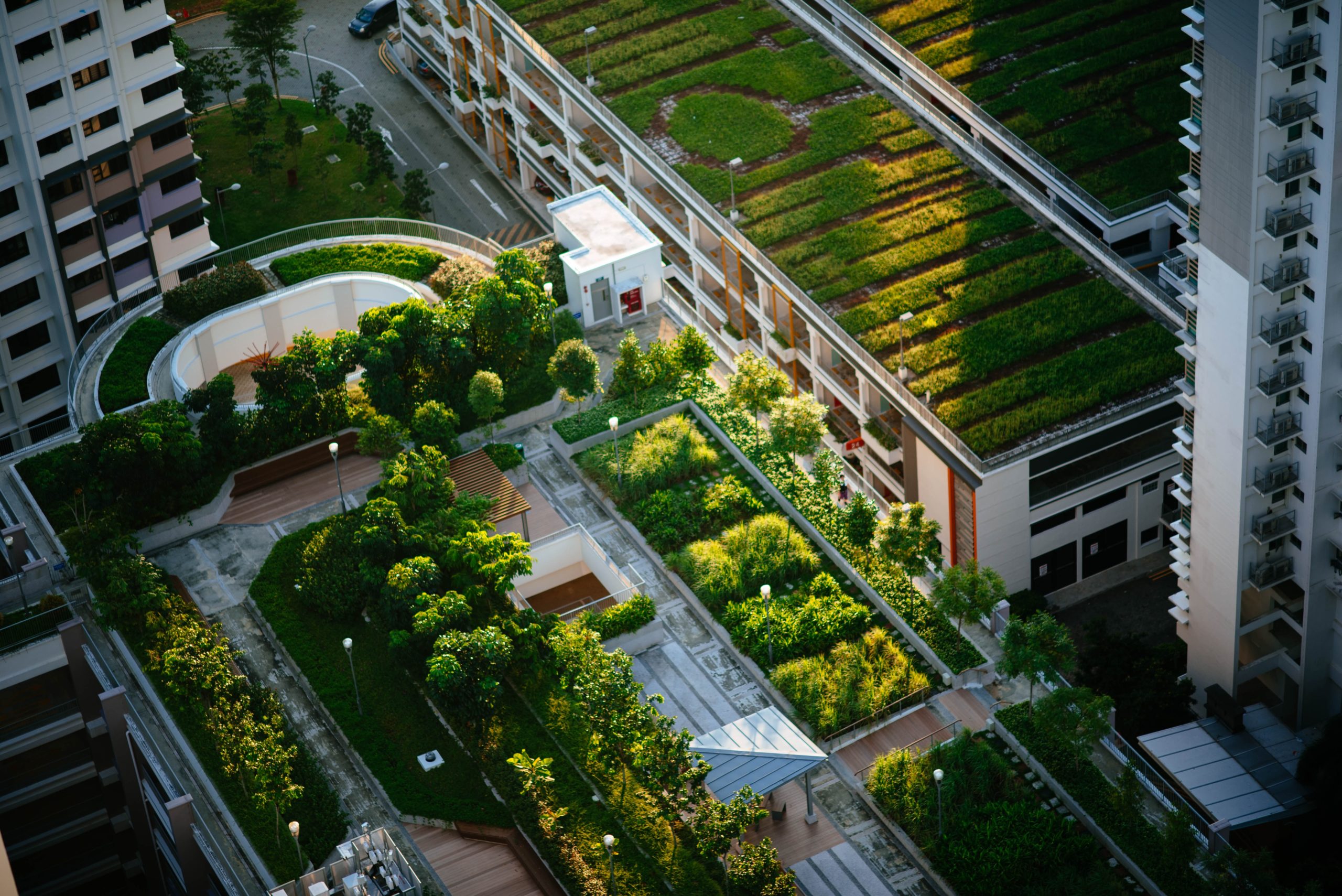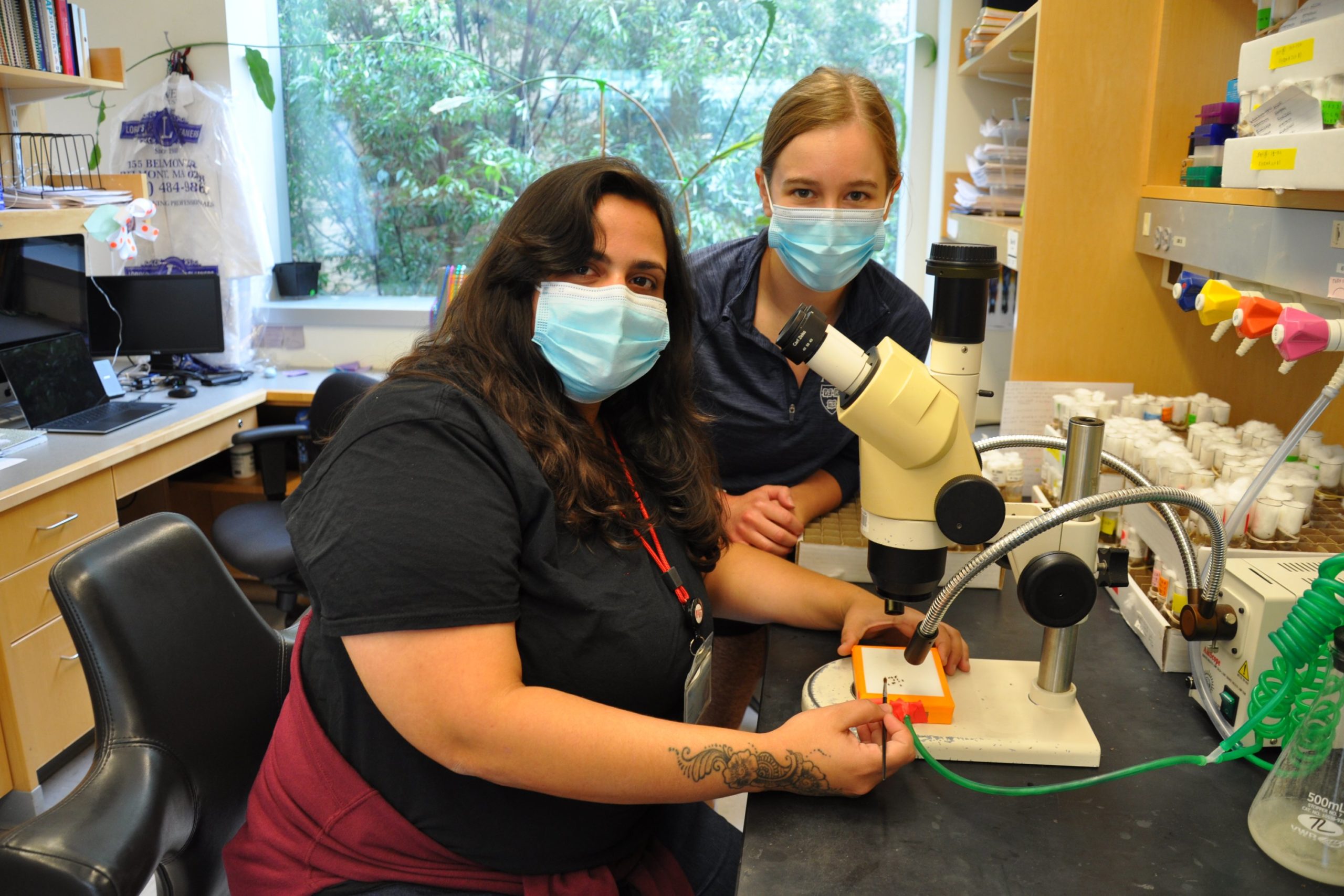UZH Space Hub and Airbus Defence and Space are sending an experiment into space on the next resupply flight to the International Space Station (ISS) with the aim of advancing the industrial production of human tissue in microgravity. The ISS will thus function as a workshop to produce miniature human tissues for terrestrial use in […]
Read More